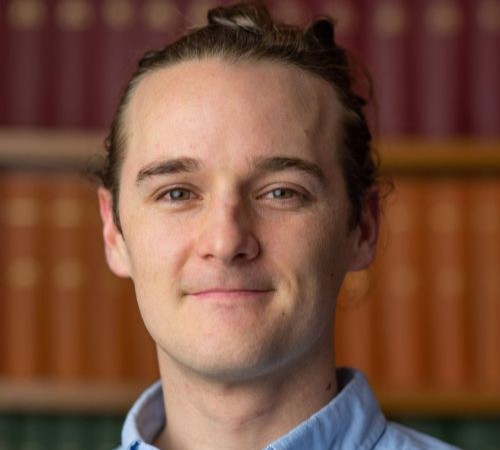Royal Academy of Engineering / Rosetrees Research Fellowships 2025
Non-invasive brain stimulation is an emerging technology that can provide safe and effective treatments for neurological disorders by delivering electrical stimulation to the brain. At present, brain stimulation therapies provide continuous, open-loop stimulation to disrupt pathological brain activity. I propose a novel “neuroprosthetic” approach that uses closed-loop control of stimulation, to replicate neural processing in silico to restore brain function in neurological diseases. Dr West will use these principles to develop a neuroprosthetic to treat ataxia in the cerebellum, the region of the brain that acts as a predictive controller of movement and enables coordinated movements in healthy people. Ataxia cannot currently be treated, and leads to symptoms associated with loss of coordination. Here, Dr West will develop a closed-loop non-invasive brain stimulation prototype to reinstate predictive control, with the aim of restoring upper limb function in patients with ataxia.

Current invasive and non-invasive brain stimulation approaches for ataxia use continuous, open-loop stimulation. However, they yield modest effects due to limited temporal and (for non-invasive approaches) spatial precision. To overcome these limitations, I will develop temporal interference stimulation, a new method that permits highly focal (about ~1 cubic centimetre) spatial targeting of the cerebellar nuclei, with millisecond temporal precision. Temporal interference stimulation is not currently developed for closed loop control. To enable this, I will design a simultaneous sensing/stimulation prototype controller that is informed by our understanding of healthy cerebellar function. I will train in- silico models of neural activity associated with human reaching, and then incorporate these into a model predictive controller. This controller will then deliver electrical stimulation that can steer neural activity in a way that exploits well-established causal relationships between rhythmic brain activity and parameters of movement, with the aim of correcting uncoordinated reaching movements in ataxia.
Related content
View all programmesSupport for research
The Academy runs a number of grants to support excellent researchers carry out engineering activities and to enable clo…
Research Fellowships
The Academy offers Research Fellowships each year to outstanding early-career researchers to support them to become fut…

